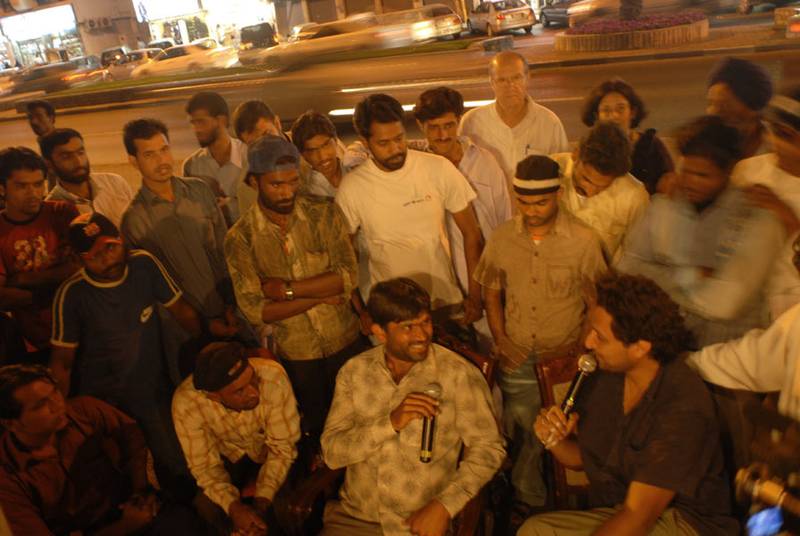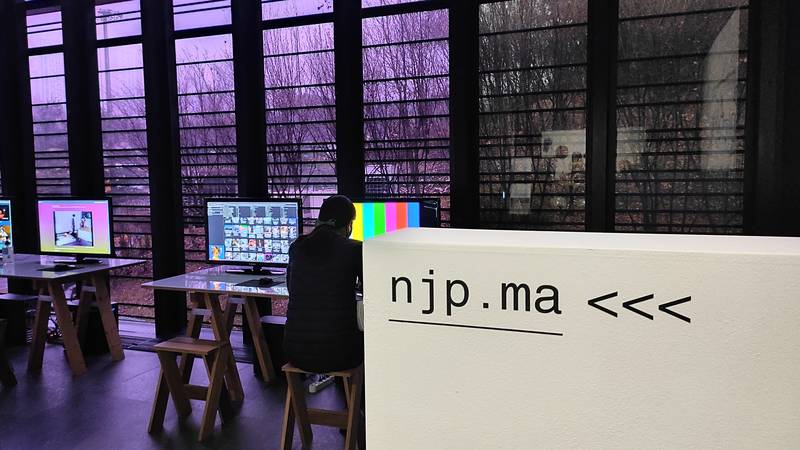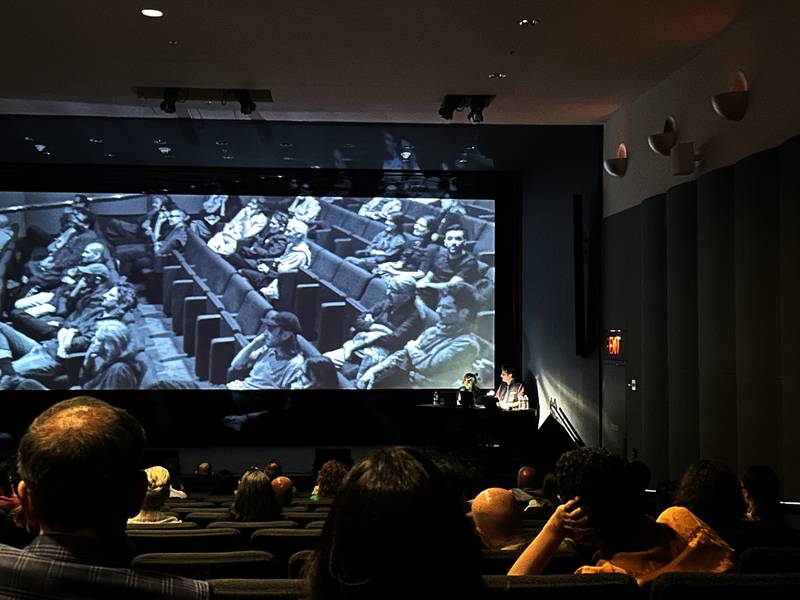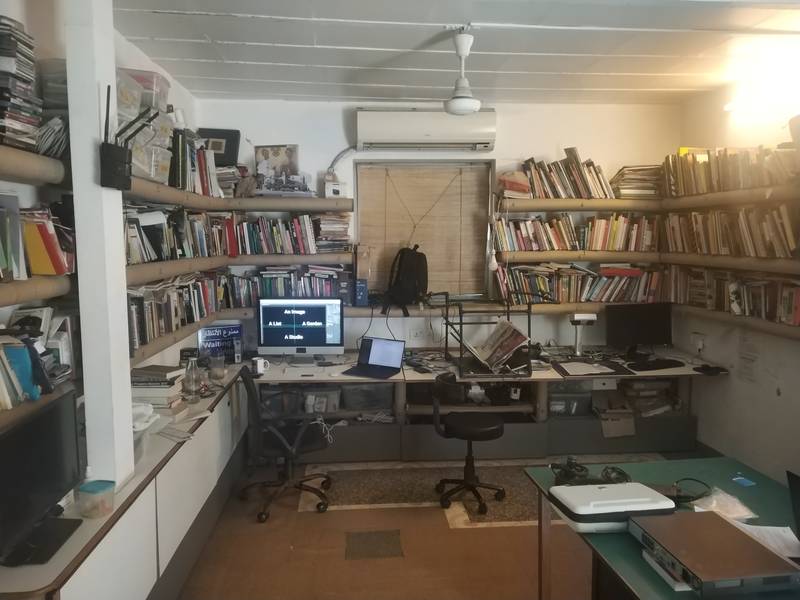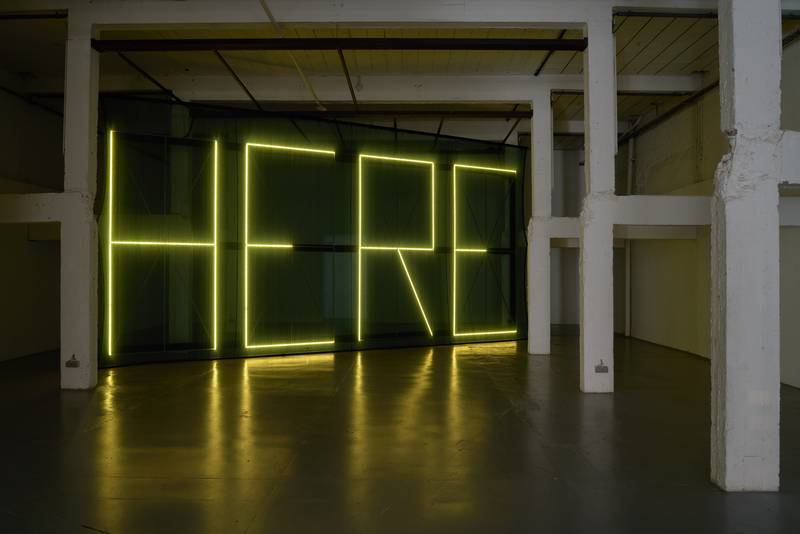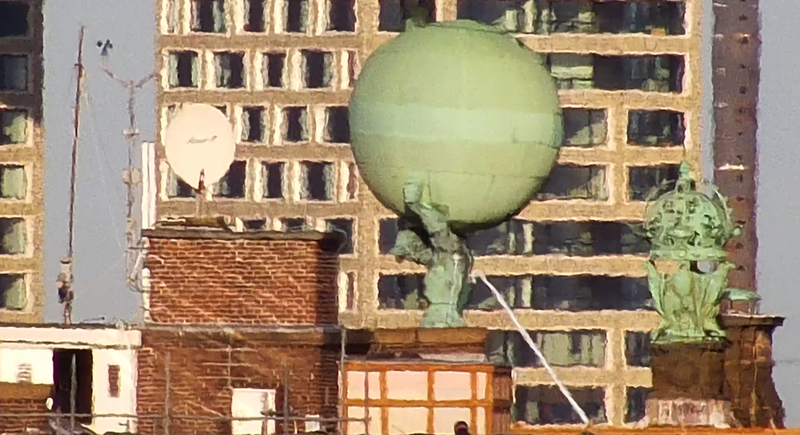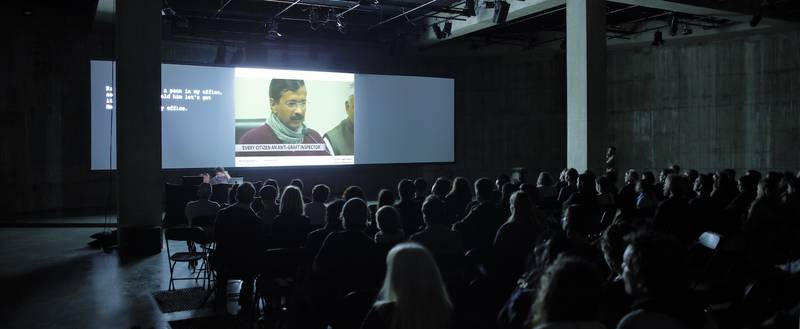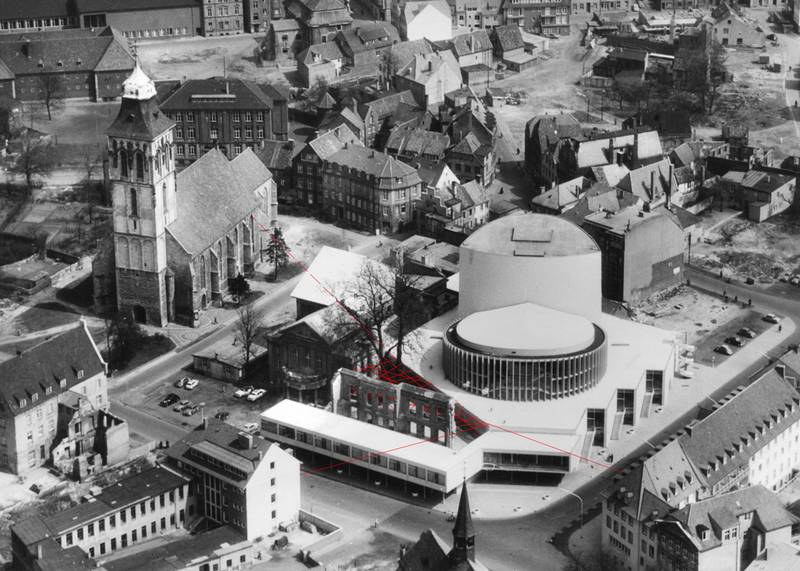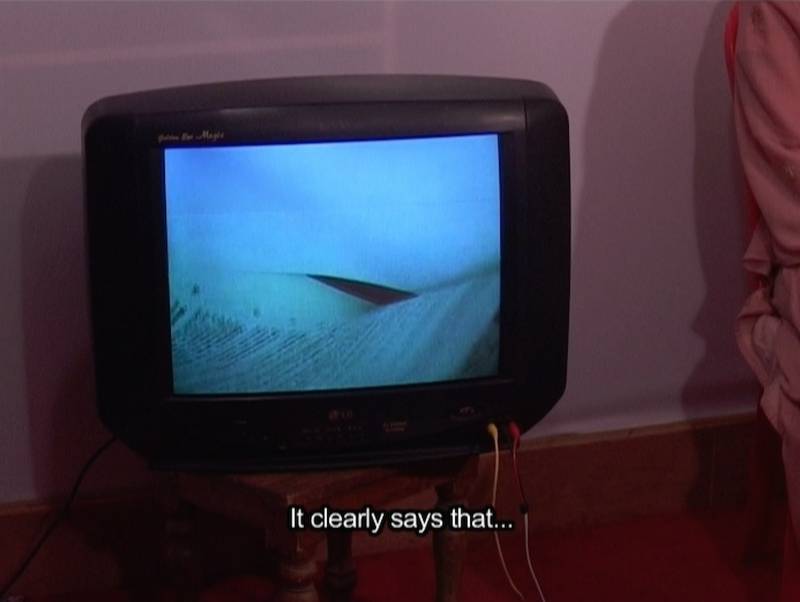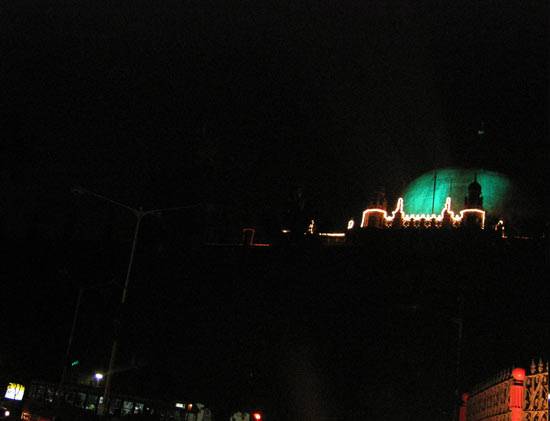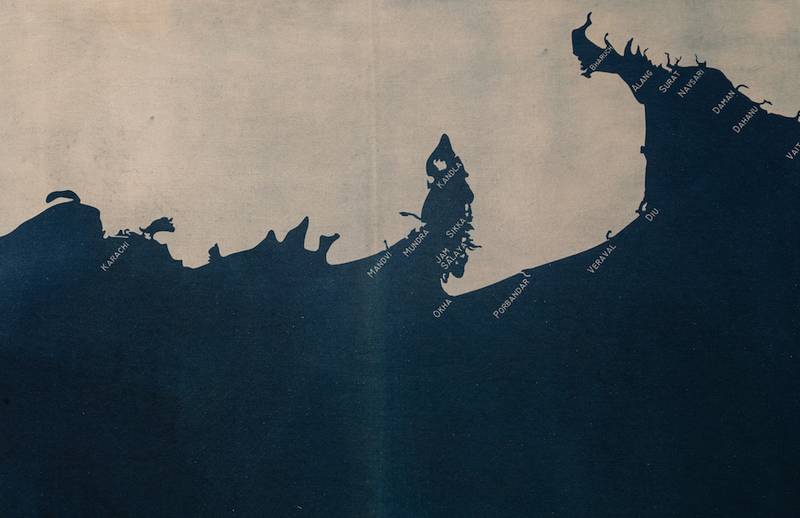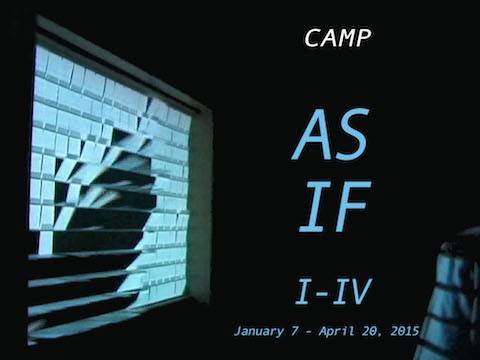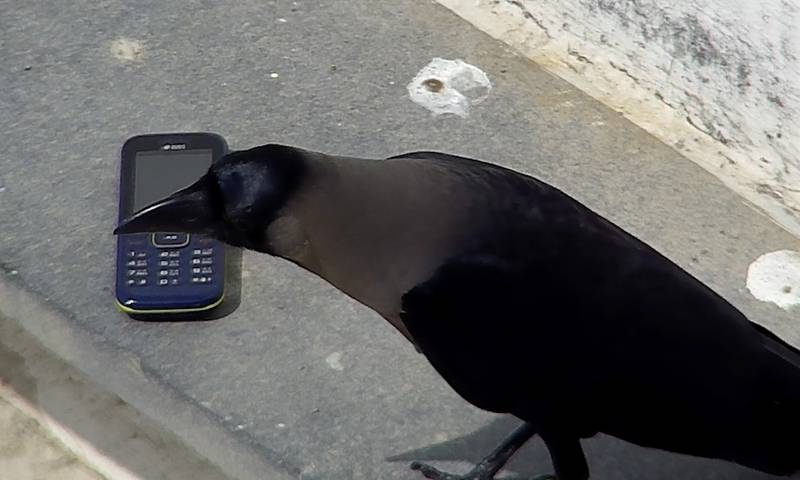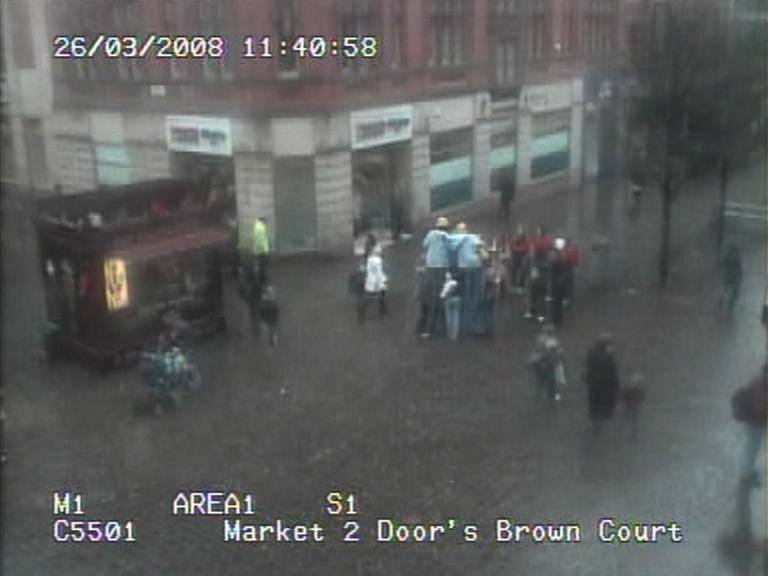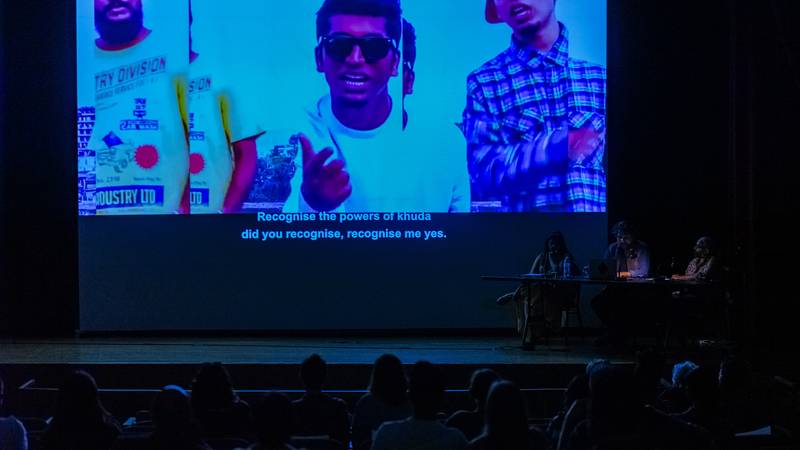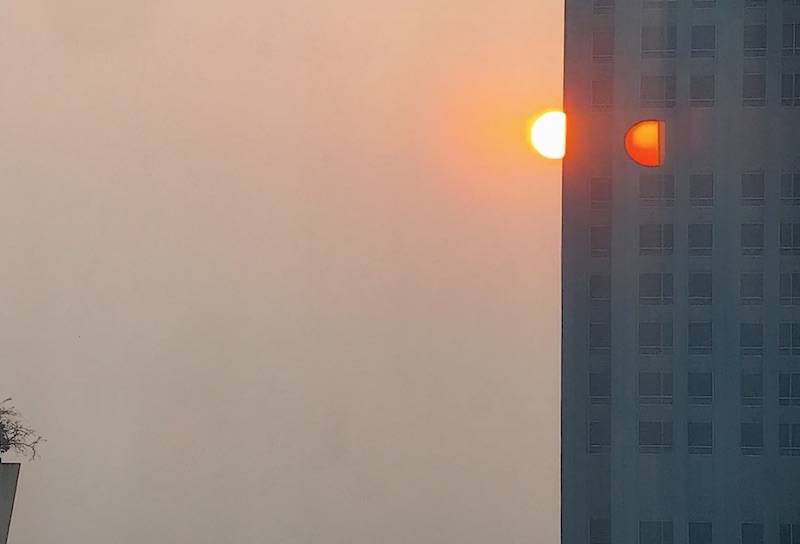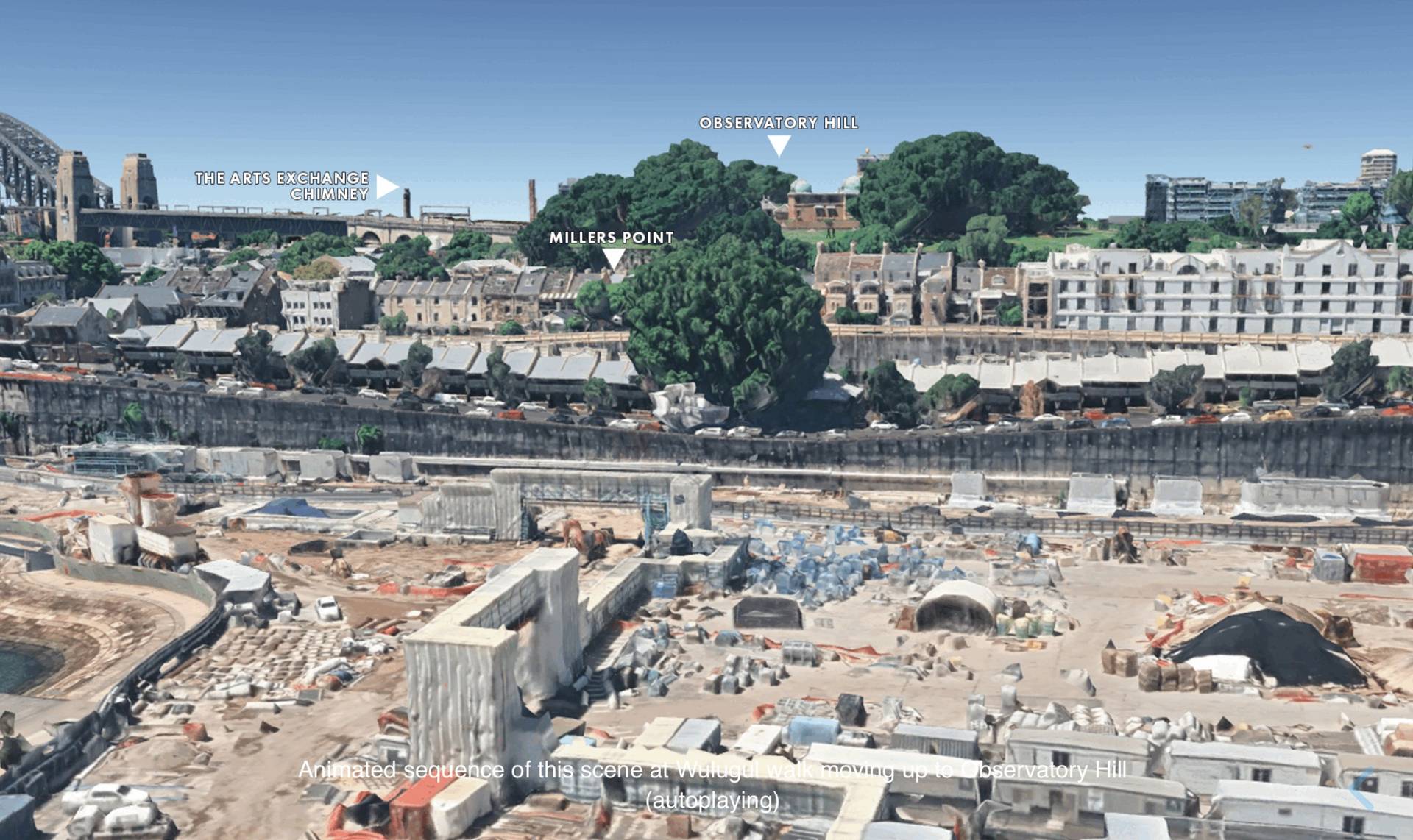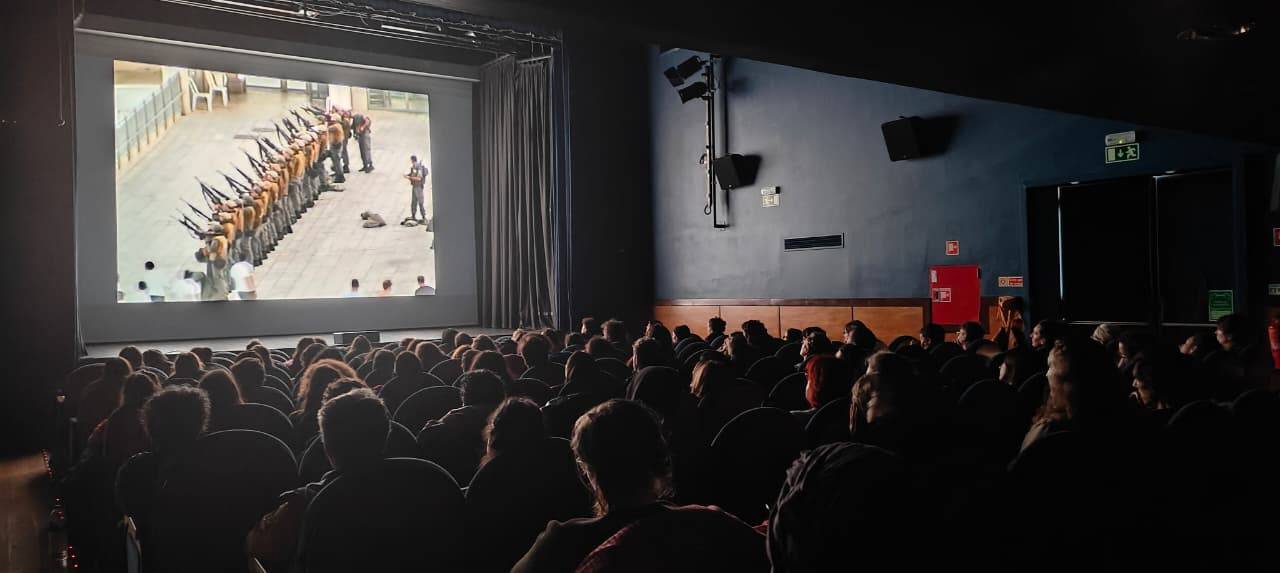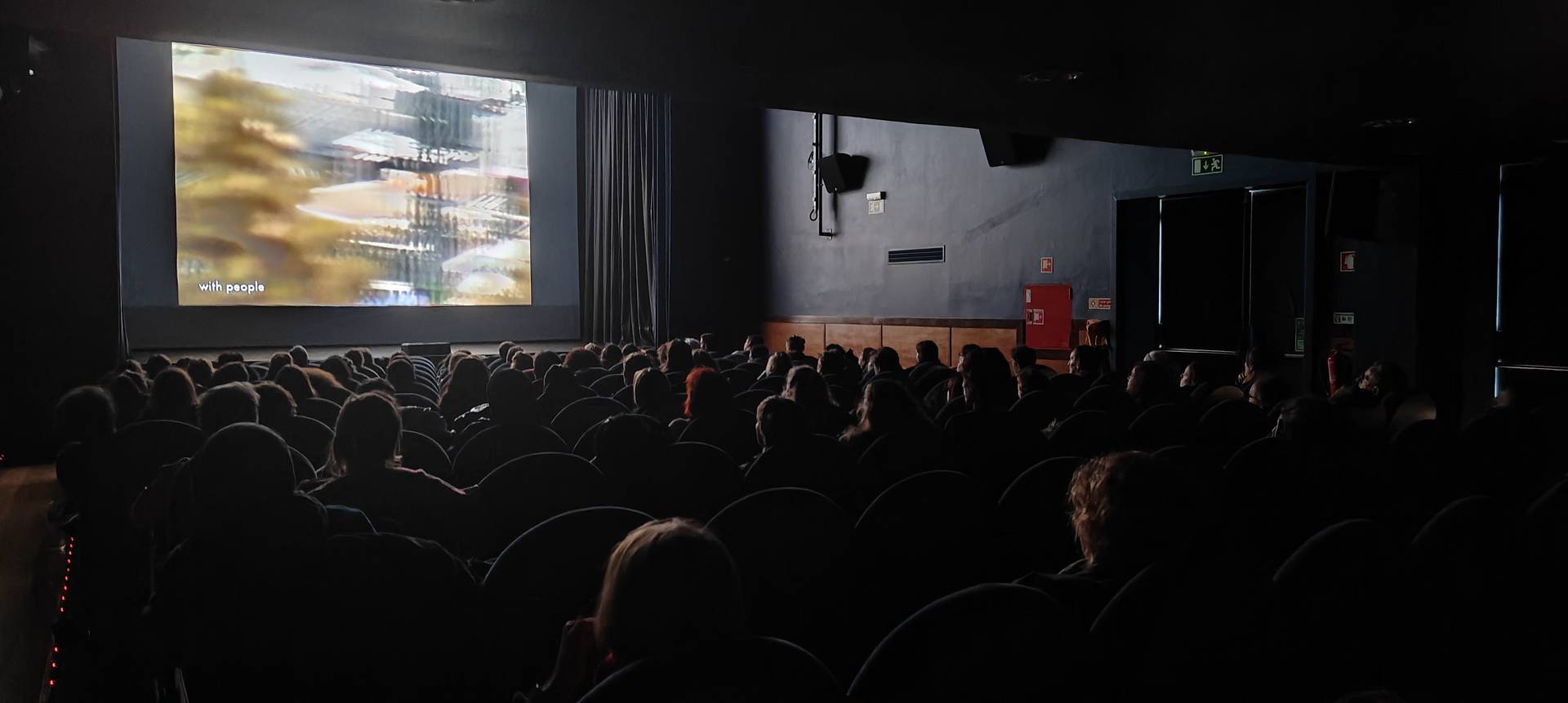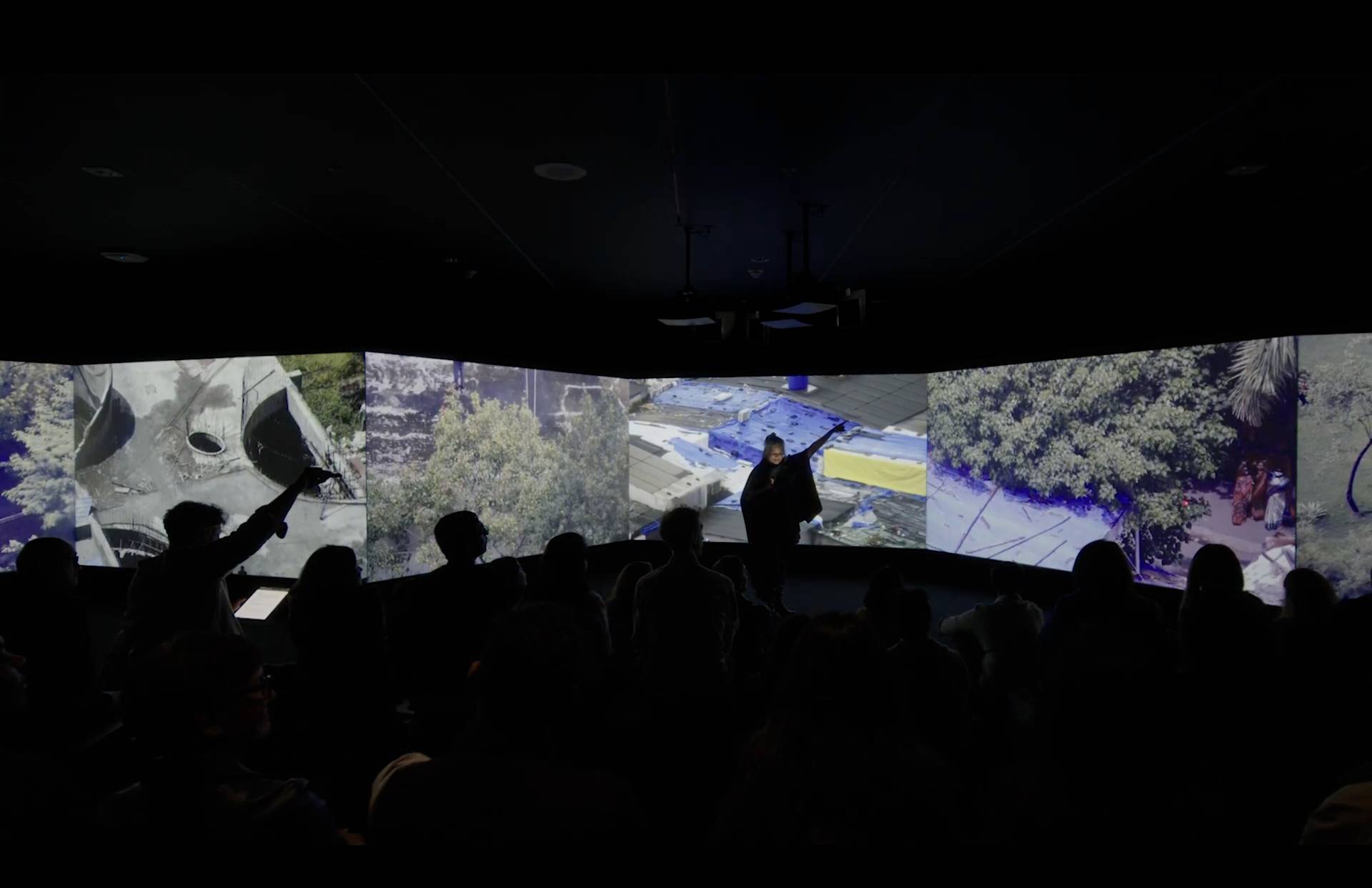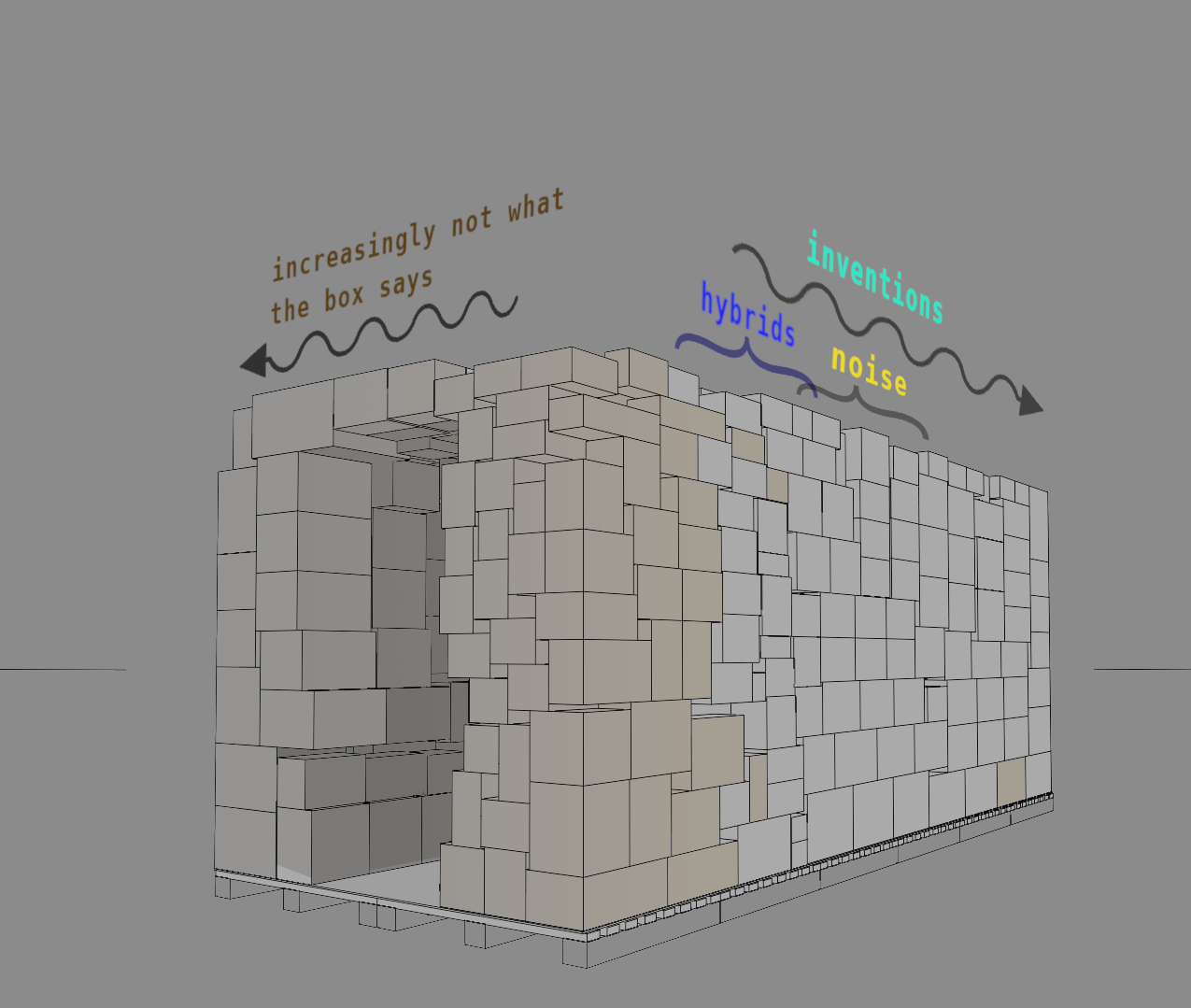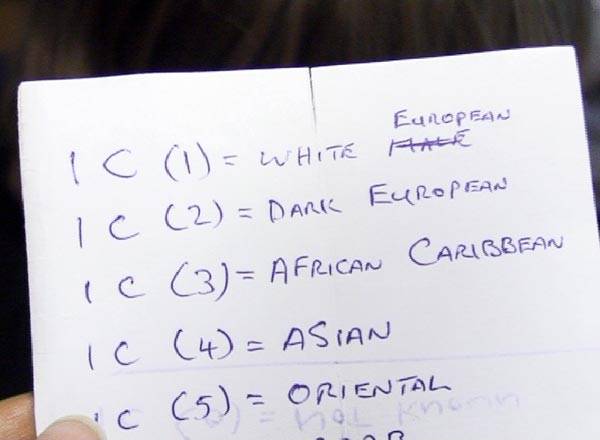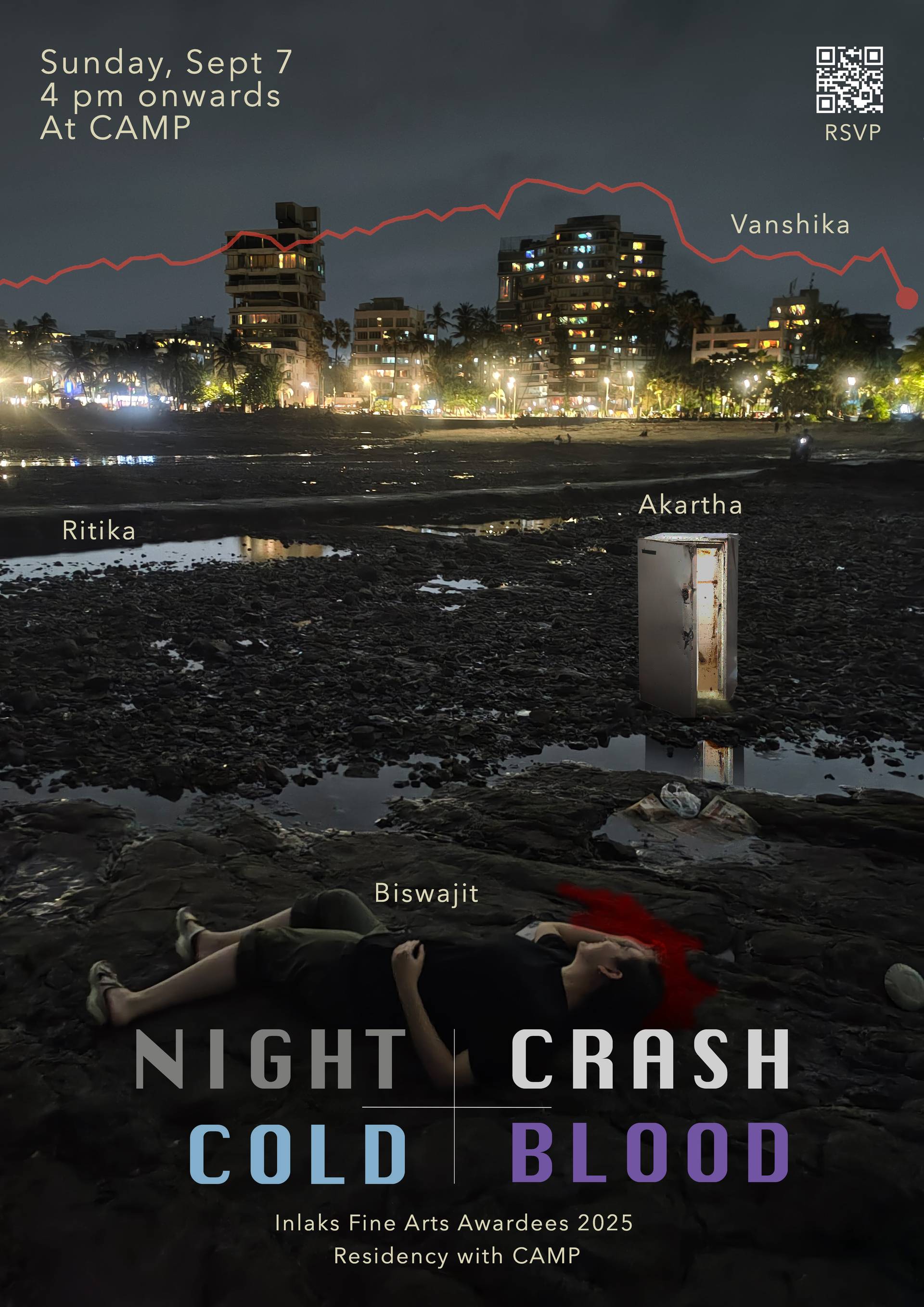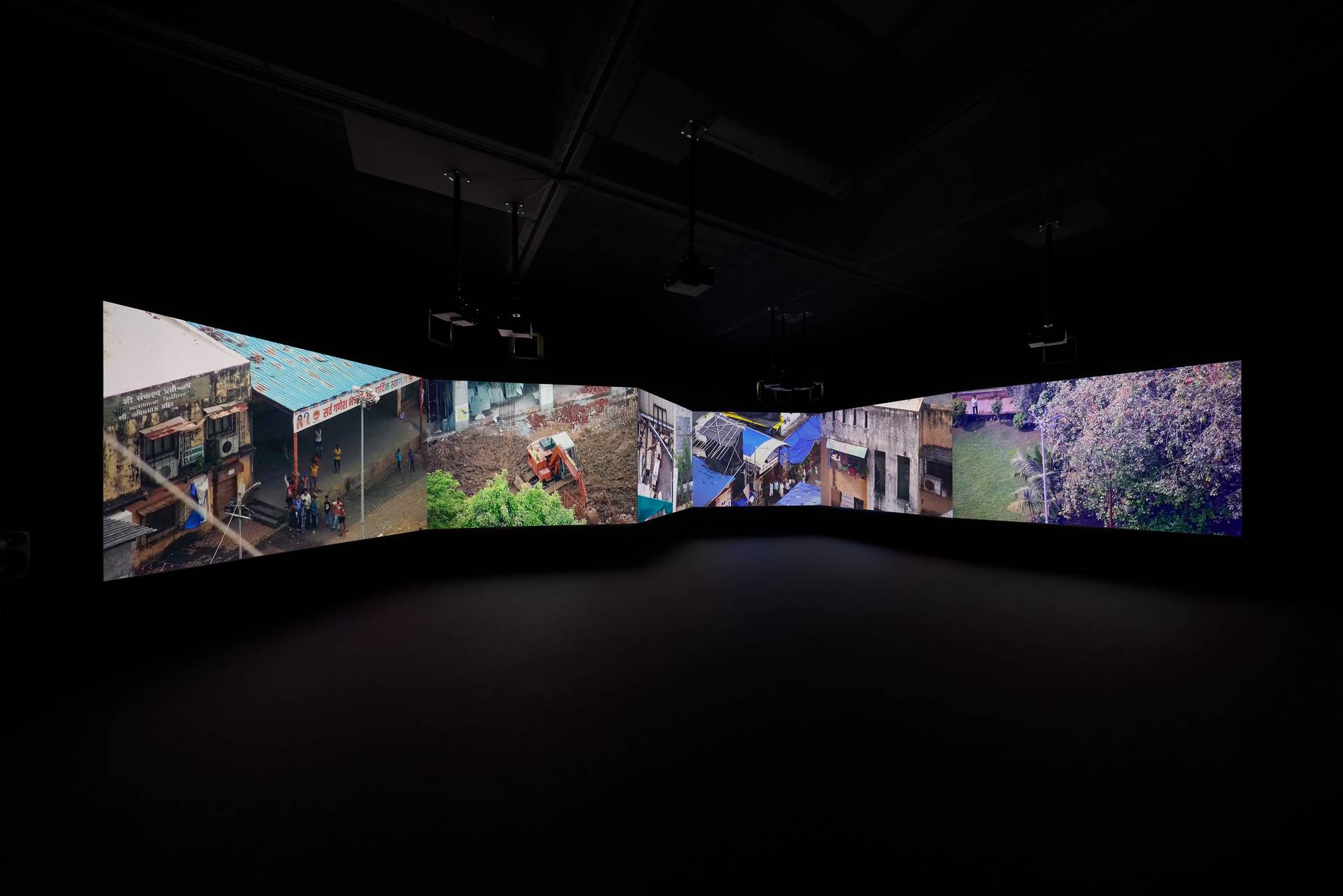CAMP After Media Promises
Nov. 25, 2021 - Feb. 27, 2022
Seoul
Nam June Paik Art Center Prize
An exhibition of the "contextually rich, environment-shifting media works of CAMP".
CAMP After Media Promises was one of the more than 100,000 backronyms for CAMP, produced by a computer script, on their first website in 2007. This exhibition is presented as a “moving panorama” on 8 screens, in 5 acts or stages. It visits electronic media from historically and socially complex sites, in Mumbai, Manchester, Jerusalem, and elsewhere, including online locations. By relocating and redefining the categories of observer, subject, network, database, image and sequence, by stealing power, time and access from existing megastructures, CAMP’s work goes to the heart of what is at stake when such systems overlap our living systems, and our value systems.
These after-proposals, are or were responses to a change in conditions and horizons, immediate or longer-term, and a non-acceptance of the current, limited use of any technology. After-cableTV, after-electrification, after-piracy, after-internet, after-cctv are not post- or going past, rather they are ideas and actions that breed in these intersecting environments, disturb their promises, and encrust them with possibilities. These often utopian artists’ proposals are against what might be called “evolution,” or any naturalised understanding of what comes next.
CAMP’s images and arrangements are thus shifts in the environment, at certain crossings of time, space and opportunity, and now as another wave of digital technology passes through us. The show includes a new commission in Seoul (with artists Seoul Express and Taeyoon Choi) that adds an oblique angle and duration to the old dance between cameras and subjects and a proposal (with 0x2620) for Nam June Paik's Video Archive at NJP.MA.
Exhibition components:
Moving Panorama
CAMP presents an essay through their practice in a large–format, 8 screens sync–video environment. By not merely presenting a series of works, but making it a journey through the inside and outside of artworks, this format is their response to the question of “exhibition” today. The installation is a “moving panorama,” which was historically a painted environment with moving canvases that would take you from place to place, sometimes imaginary ones. It is also a tour through the ages, where electronic media and modernity, in general, has evolved in compressed timelines, in the places of the world they live and have worked in.
CAMP says “the city is big, the image is (still) small.” Many of the images and sounds here have been recorded or produced by unconventional equipment in non–standard situations, from inside control rooms and in cable networks, from the Somali coast to their studio rooftop, from “made” to “taken,” also open to being taken in turn, via their long-running open archival practice.
The installation has 7 acts that unfold in time as well as in space:
0. City after Video
1. Electric Time and Space
2. TV Politics
3. CCTV Social
4. Leaky Abstraction
5. Grey Boxes, Brown Boats and the Sea
-1. Returns (Descent into the Ordinary)
NJP.MA
Njp.ma documents the intermedia experiments of Fluxus artists as they encountered and radically transformed the distributive capacities of the new mediums of video and broadcast art, led substantially by the prescient work of Nam June Paik. Seen here through a collection of 175 videos housed in the Nam June Paik Art Center, the world’s only video archive of the artist's work.
Njp.ma draws from Pad.ma , the open-source footage archive run by 0x2620 and CAMP since 2008, and its numerous sister platforms. Njp.ma is an artists' proposal for how to turn Paik’s video archive into a public-access resource.
The proposal here is two-fold: To present an organised collection with time-based transcripts and annotations and in addition, edits or 'cuts' across the archive that will be published through the coming year.
CCTV.CAMP
This is a newly commissioned work in Seoul using a closed-circuit television camera. A remote camera is set up on the rooftop of the Daerim Plaza in Euljiro, an old town under the force of urban regeneration. CAMP controls CCTV camera’s movements with computer software as if choreographing it, in a sequence that repeats like a clock. With the pan, tilt, zoom functions, the camera moves at various distances and speeds to capture the cityscape with a rhythmic analysis. It adds an oblique angle and duration to the old dance between cameras and subjects. It live-streams at cctv.camp.
For the Seoul production, CAMP is in collaboration with artists Taeyoon Choi, and Youjin Jeon and Minki Hong of Seoul Express.







































































